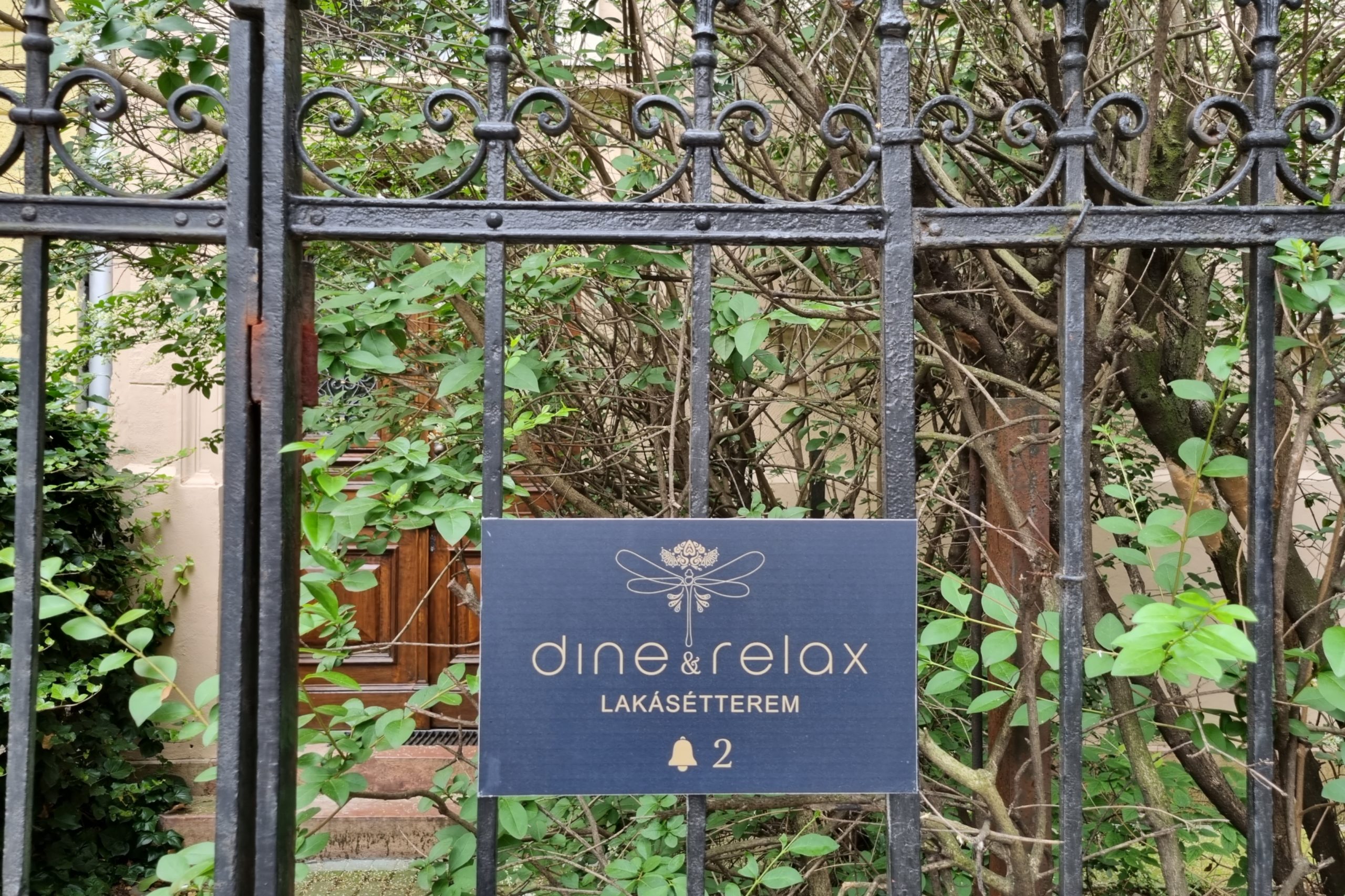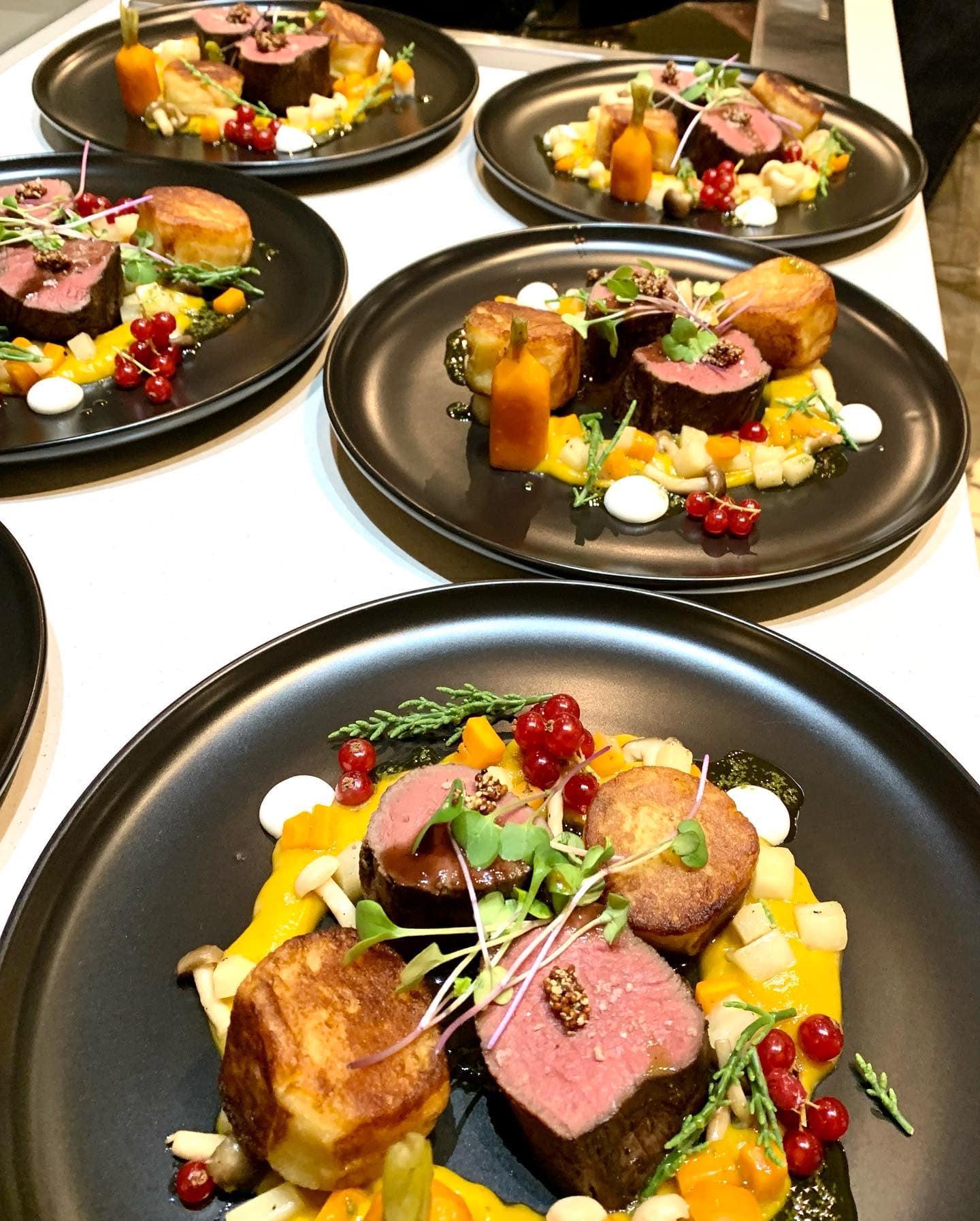
A Hungarian company is interested in Kyrgyz halal meat products and various fish products, besides lamb's meat.Continue reading

Over the last twenty years, restaurants in private homes have become more and more popular. Started by enthusiastic amateurs, the movement is now seen as a profitable investment by those who do not have the capital to open a restaurant, Világgazdaság reports.
Mexican tapas, sushi making, Hungarian food re-imagined, sparkling wine with informal conversation, bachelorette parties, and cooking classes are all favorite events on offer in alternative catering.
The new craze is home-cooking, where you can experience gastronomy in private with a chef cooking for you.
There are intimate homes for small groups, where the aim is really to experiment and try new dishes. However, those looking for more sophisticated tastes and experiences will also find their own kitchen, where elegant interiors and Michelin-starred cuisine combine.

Havana, Cuba. Photo: Pexels
The birthplace of home restaurants is Cuba. When Fidel Castro came to power in 1959, the communist regime banned privately owned restaurants. In a country under economic embargo, electricity was cut off for 15 hours a day and people were starving. Vegetables were planted in parks, peacocks from zoos were stolen and eaten. One of the everyday survival practices was the ‘clandestine paladar,’ also known as guerrilla restaurants.
These few table home cook-shops were allowed to operate legally, albeit under strict regulation, from the 2010s.
The ‘open a restaurant in your home’ movement in the rest of the world was influenced by Jamie Oliver’s BBC program, as it brought together groups of friends to spend their evenings in their homes, cooking together. These four to five-hour get-togethers were such an experience for everyone, that some saw a business opportunity in opening a place with this kind of atmosphere.

The interior of Hungarian Home Restaurant, Dine&Relax. Photo: Facebook/Dine&Relax
Why open a home restaurant?
First of all, it is easier to calculate expenditure and income, as the venues have limited guests. They usually plan for 12-20 people per program. It’s also easier to calculate the cost of the food, as you don’t have to count on leftovers.
They only operate on fixed days, so there’s no dead time when the place is empty.
The permanent staff is small, mostly the owners themselves, but on opening days there may be occasional staff to help out with the serving of the usually seasonal menus. The choice of drinks can also be planned for an advertised dinner. Some restaurants also offer a selection of regional wines to accompany each course on the menu.
What prices can you expect in a home restaurant?
The basic price starts at HUF 25,000 (EUR 67) in most places, but a four-course themed meal and six premium drinks can be as affordable as HUF 35,000 (EUR 94), especially with a sommelier introducing the drinks.

A course at House Restaurant, Capriccio Lakásétterem. Photo Facebook/Capriccio Lakásétterem
For the more special six-course menus, guests can enjoy a higher level of culinary experience for around HUF 45,000 (EUR 120). The ingredients for these dishes are guaranteed to come from local producers, and a selection of wines from smaller wineries is offered with the meal.
The new trend of the home-cooked meal is somewhat of a rebellion against the classic unit-flavored catering.
It’s about good ingredients, appreciation of the chef’s expertise, learning about the world of gastronomy, and above all, about the truly delicious taste of the food.
Via Világgazdaság, Featured Image via Hungary Today